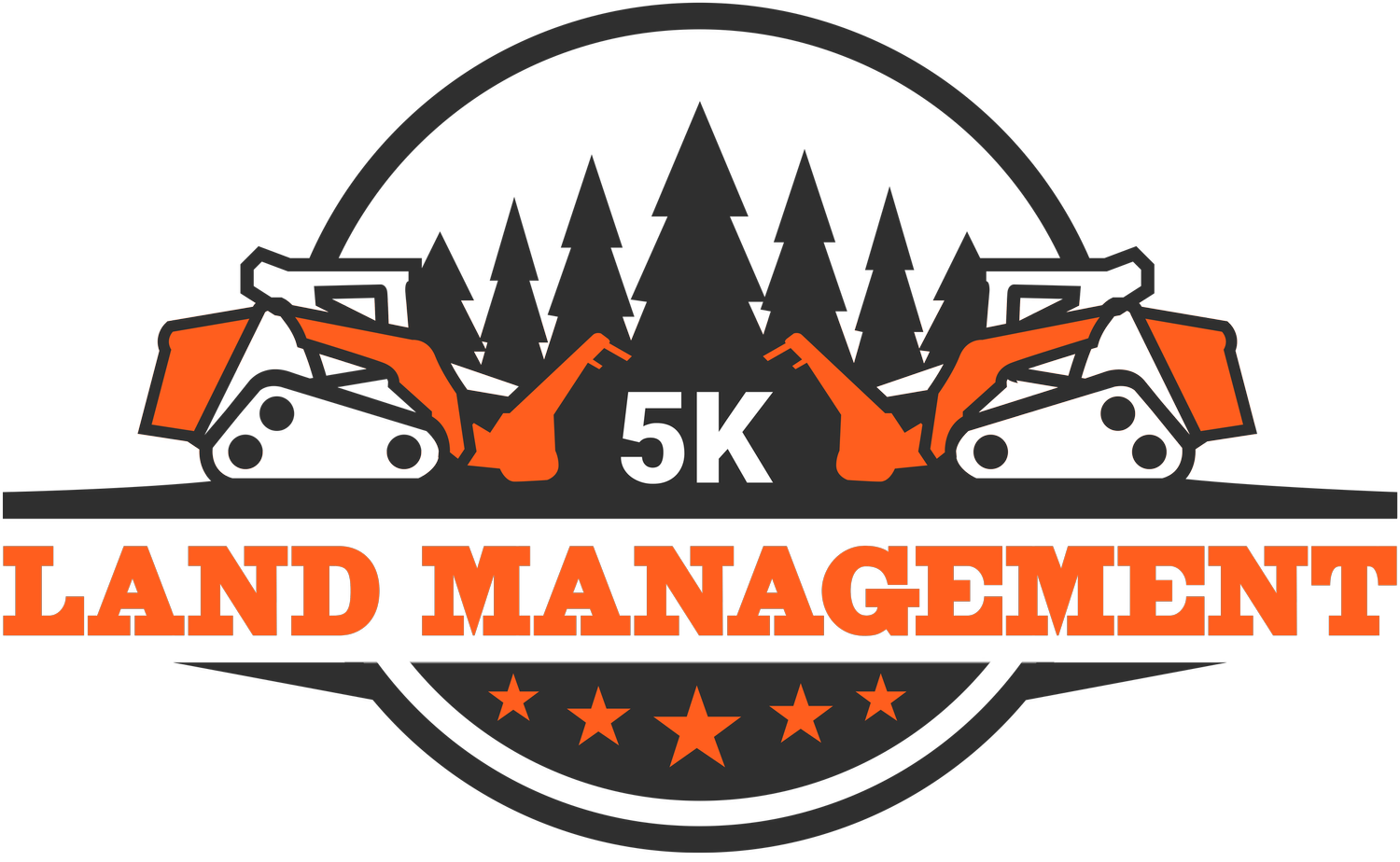The Most Efficient Method of Clearing Land for Agriculture: A Complete Guide
At 5K Land Management, we understand that clearing land for agriculture requires a different approach than other clearing projects. When preparing land for farming or ranching in North Texas and South Oklahoma, efficiency isn't just about speed – it's about preserving soil health, managing resources wisely, and creating optimal conditions for future agricultural success.
Understanding Agricultural Land Clearing
Agricultural land clearing differs from other types of clearing because your end goal isn't just an open space – it's productive farmland or grazing pasture. This means every decision in the clearing process must consider future agricultural use. The soil's health becomes as important as the clearing itself.
The Most Efficient Method: A Combined Approach
Through years of experience in our region, we've found that the most efficient method for agricultural land clearing combines multiple techniques in a specific sequence. Let's explore this comprehensive approach.
Phase 1: Assessment and Planning
Before any equipment touches the ground, efficient agricultural clearing begins with thorough assessment:
First, we evaluate your soil type and condition. North Texas and South Oklahoma soils vary significantly, from rich black soil to sandy loam, and each requires a different approach. We test for:
Soil composition
pH levels
Organic matter content
Drainage patterns
Topographic features
This initial assessment helps determine the best clearing sequence and what special considerations might be needed.
Phase 2: Forestry Mulching as the Primary Method
For most agricultural clearing projects, forestry mulching serves as the cornerstone of our approach. Here's why:
The forestry mulcher grinds vegetation into the soil, immediately beginning the process of organic matter incorporation. This provides several benefits:
Improved soil structure
Enhanced moisture retention
Reduced erosion risk
Immediate nutrient cycling
No brush piles to deal with later
Phase 3: Strategic Heavy Equipment Use
Following mulching, we selectively use heavier equipment where necessary:
Excavators for removing large stumps
Bulldozers for initial ground leveling
Root rakes for collecting remaining woody material
The key is minimizing heavy equipment use to prevent soil compaction, which can take years to correct in agricultural settings.
Phase 4: Soil Preparation
Once the land is cleared, immediate soil preparation becomes crucial:
Breaking up any compacted areas
Initial pH adjustments if needed
Establishing erosion control measures
Creating proper drainage patterns
Incorporating remaining organic matter
Why This Method Maximizes Efficiency
Our combined approach maximizes efficiency in several ways:
Time Efficiency
Multiple processes happen simultaneously
Each phase builds on the previous one
No time lost to burning or hauling debris
Immediate transition to agricultural use possible
Cost Efficiency
Reduced equipment mobilization
Lower fuel consumption
Minimal waste disposal costs
Decreased need for imported soil amendments
Resource Efficiency
On-site material recycling
Reduced water needs
Lower fertilizer requirements
Preserved topsoil integrity
Regional Considerations for North Texas and South Oklahoma
Our local climate and conditions require special attention:
During our hot summers, moisture conservation becomes crucial. Our method preserves soil moisture by:
Maintaining organic matter levels
Creating beneficial surface mulch
Minimizing soil disturbance
Protecting soil structure
Long-term Benefits of Proper Agricultural Clearing
Choosing the right clearing method affects your agricultural operation for years to come:
Immediate Benefits
Ready-to-use agricultural land
Improved soil structure
Enhanced water retention
Reduced erosion risk
Long-term Advantages
Better crop yields
Lower input costs
Improved drought resistance
Sustainable soil health
The 5K Land Management Difference
Our approach to agricultural land clearing reflects our deep understanding of local farming needs:
Custom clearing plans for each property
Focus on soil health preservation
Integration with local agricultural practices
Long-term sustainability perspective
Making the Right Choice for Your Land
When considering agricultural land clearing, remember:
The cheapest method isn't always the most cost-effective
Soil preservation pays dividends for years
Proper planning prevents future problems
Local expertise matters
Looking Forward
As you plan your agricultural land clearing project, consider how today's clearing decisions will affect tomorrow's farming success. The most efficient method isn't just about clearing the land quickly – it's about creating the best possible foundation for your agricultural future.
Ready to start your agricultural land clearing project? Contact 5K Land Management for a consultation. Let us help you transform your property into productive agricultural land while preserving its long-term value and productivity.
